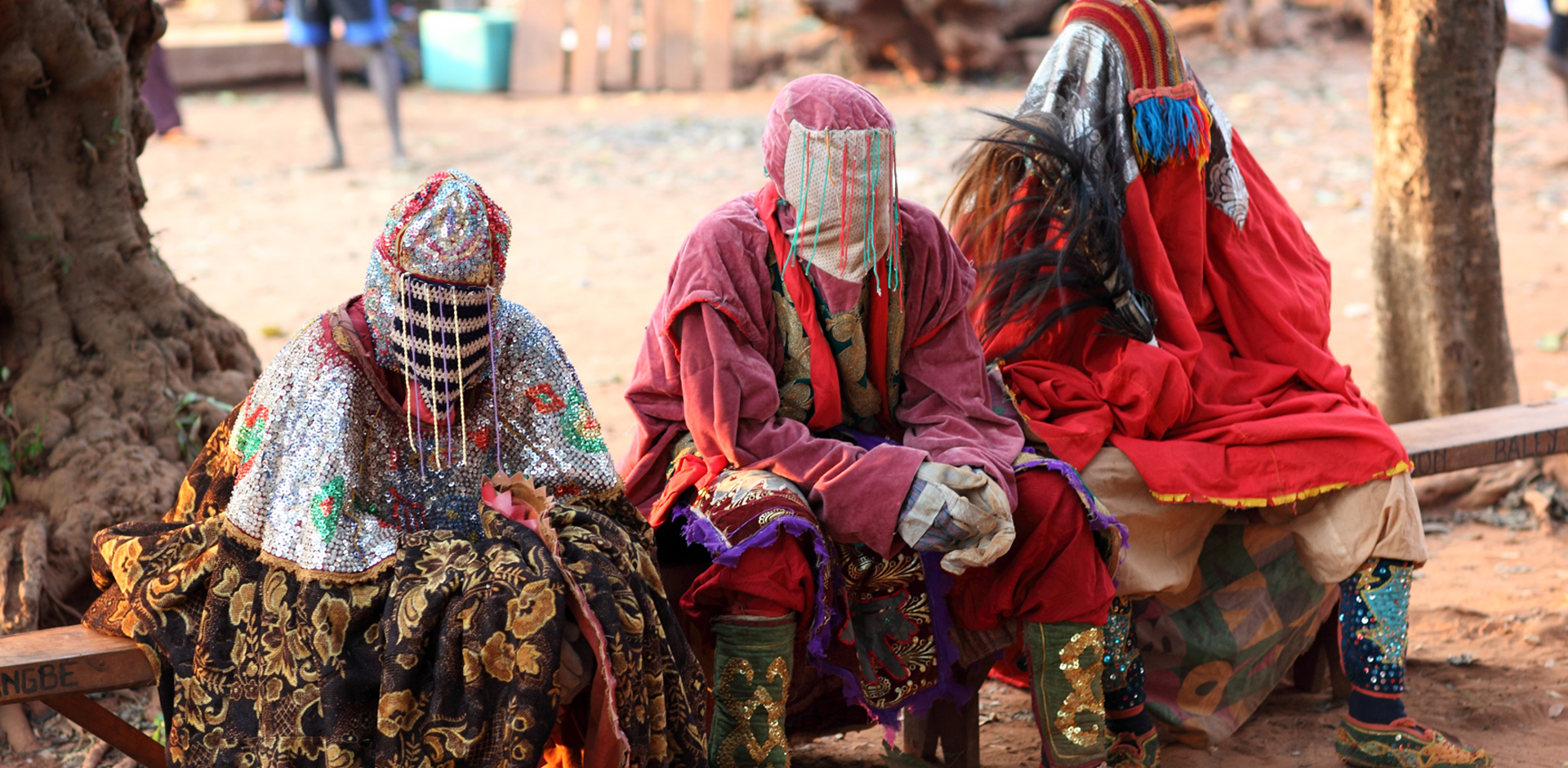-
All Discussions
-
Sorry, there were no discussions found.
Sorry, there were no discussions found.
Investigate Central Africa’s complex power structures—DRC’s mineral-driven politics, Rwanda’s developmental authoritarianism, and Chad’s military transitions. Analyze profiles of long-standing leaders (Paul Biya, Cameroon), rebel factions in CAR, and NGOs like the Congo Basin Forest Partnership. Debate resource exploitation, Chinese infrastructure investments, and ICC interventions. Submit research on Gabon’s oil elites or Equatorial Guinea’s dynastic rule.
Examine Eastern Africa’s political mosaic: Ethiopia’s federal tensions, Uganda’s Museveni-era policies, and IGAD’s mediation in South Sudan. Profile institutions like the East African Community, Kenya’s Supreme Court, and Eritrea’s one-party apparatus. Discuss the Tigray crisis, Djibouti’s strategic ports, and Rwanda’s tech-driven governance. Contribute datasets on Somali clan politics or Tanzania’s opposition suppression.
Analyze the evolving political landscape of Europe, from EU institutional dynamics (European Parliament, Commission) to rising populism in Hungary and Poland. Profile leaders like Macron’s centrist experiments in France or Germany’s post-Merkel era. Debate topics: Brexit aftershocks, Nordic welfare models, Balkan EU accession, and Russia’s influence in Eastern Europe. Contribute research on green party surges or Mediterranean migration policies.
Examine US congressional polarization, Canada's Trudeau-era policies, and Mexico's AMLO populism. Study institutions: SCOTUS, CUSMA trade dynamics, and Quebec separatist movements. Research topics: Border security, NAFTA 2.0 impacts, and Indigenous governance models. Contribute data on midterm elections or Canadian health federalism.
Explore the political landscape of Northern Africa, from the Arab Spring’s aftermath in Tunisia to Egypt’s executive governance. Analyze profiles of heads of state, ruling parties (e.g., Algeria’s FLN), and institutions like the Arab Maghreb Union. Dive into debates on Saharan security, Islamist movements, and EU migration policies. Contribute case studies on Libya’s fractured governance or Morocco’s regional autonomy reforms.
Decode Southern Africa’s post-liberation politics—ANC’s decline in South Africa, Zimbabwe’s ZANU-PF hegemony, and SADC’s role in Mozambique’s insurgency. Analyze leaders like Namibia’s Hage Geingob, Botswana’s diamond-driven democracy, and Malawi’s anti-corruption reforms. Debate topics: Land redistribution in Zimbabwe, Eswatini’s absolute monarchy, and Chinese influence in Zambia. Submit papers on Angola’s oil reforms or Madagascar’s electoral volatility.
Map the evolving power dynamics of West Africa—from Nigeria’s presidential elections to ECOWAS’s role in regional stability. Study leaders like Ghana’s Nana Akufo-Addo, opposition movements in Senegal, and institutions such as the Niger Delta Development Commission. Debate topics: Francophone vs Anglophone governance models, jihadist insurgencies, and youth-led protests. Contribute data on coastal resource governance or Mali’s junta-led reforms.
There was a problem reporting this post.
Please confirm you want to block this member.
You will no longer be able to:
Please note: This action will also remove this member from your connections and send a report to the site admin. Please allow a few minutes for this process to complete.
AllPolitician
We firmly believe that the internet should be available and accessible to anyone, and are committed to providing a website that is accessible to the widest possible audience, regardless of circumstance and ability.
To fulfill this, we aim to adhere as strictly as possible to the World Wide Web Consortium’s (W3C) Web Content Accessibility Guidelines 2.1 (WCAG 2.1) at the AA level. These guidelines explain how to make web content accessible to people with a wide array of disabilities. Complying with those guidelines helps us ensure that the website is accessible to all people: blind people, people with motor impairments, visual impairment, cognitive disabilities, and more.
This website utilizes various technologies that are meant to make it as accessible as possible at all times. We utilize an accessibility interface that allows persons with specific disabilities to adjust the website’s UI (user interface) and design it to their personal needs.
Additionally, the website utilizes an AI-based application that runs in the background and optimizes its accessibility level constantly. This application remediates the website’s HTML, adapts Its functionality and behavior for screen-readers used by the blind users, and for keyboard functions used by individuals with motor impairments.
If you’ve found a malfunction or have ideas for improvement, we’ll be happy to hear from you. You can reach out to the website’s operators by using the following email
Our website implements the ARIA attributes (Accessible Rich Internet Applications) technique, alongside various different behavioral changes, to ensure blind users visiting with screen-readers are able to read, comprehend, and enjoy the website’s functions. As soon as a user with a screen-reader enters your site, they immediately receive a prompt to enter the Screen-Reader Profile so they can browse and operate your site effectively. Here’s how our website covers some of the most important screen-reader requirements, alongside console screenshots of code examples:
Screen-reader optimization: we run a background process that learns the website’s components from top to bottom, to ensure ongoing compliance even when updating the website. In this process, we provide screen-readers with meaningful data using the ARIA set of attributes. For example, we provide accurate form labels; descriptions for actionable icons (social media icons, search icons, cart icons, etc.); validation guidance for form inputs; element roles such as buttons, menus, modal dialogues (popups), and others. Additionally, the background process scans all the website’s images and provides an accurate and meaningful image-object-recognition-based description as an ALT (alternate text) tag for images that are not described. It will also extract texts that are embedded within the image, using an OCR (optical character recognition) technology. To turn on screen-reader adjustments at any time, users need only to press the Alt+1 keyboard combination. Screen-reader users also get automatic announcements to turn the Screen-reader mode on as soon as they enter the website.
These adjustments are compatible with all popular screen readers, including JAWS and NVDA.
Keyboard navigation optimization: The background process also adjusts the website’s HTML, and adds various behaviors using JavaScript code to make the website operable by the keyboard. This includes the ability to navigate the website using the Tab and Shift+Tab keys, operate dropdowns with the arrow keys, close them with Esc, trigger buttons and links using the Enter key, navigate between radio and checkbox elements using the arrow keys, and fill them in with the Spacebar or Enter key.Additionally, keyboard users will find quick-navigation and content-skip menus, available at any time by clicking Alt+1, or as the first elements of the site while navigating with the keyboard. The background process also handles triggered popups by moving the keyboard focus towards them as soon as they appear, and not allow the focus drift outside it.
Users can also use shortcuts such as “M” (menus), “H” (headings), “F” (forms), “B” (buttons), and “G” (graphics) to jump to specific elements.
We aim to support the widest array of browsers and assistive technologies as possible, so our users can choose the best fitting tools for them, with as few limitations as possible. Therefore, we have worked very hard to be able to support all major systems that comprise over 95% of the user market share including Google Chrome, Mozilla Firefox, Apple Safari, Opera and Microsoft Edge, JAWS and NVDA (screen readers).
Despite our very best efforts to allow anybody to adjust the website to their needs. There may still be pages or sections that are not fully accessible, are in the process of becoming accessible, or are lacking an adequate technological solution to make them accessible. Still, we are continually improving our accessibility, adding, updating and improving its options and features, and developing and adopting new technologies. All this is meant to reach the optimal level of accessibility, following technological advancements. For any assistance, please reach out to







